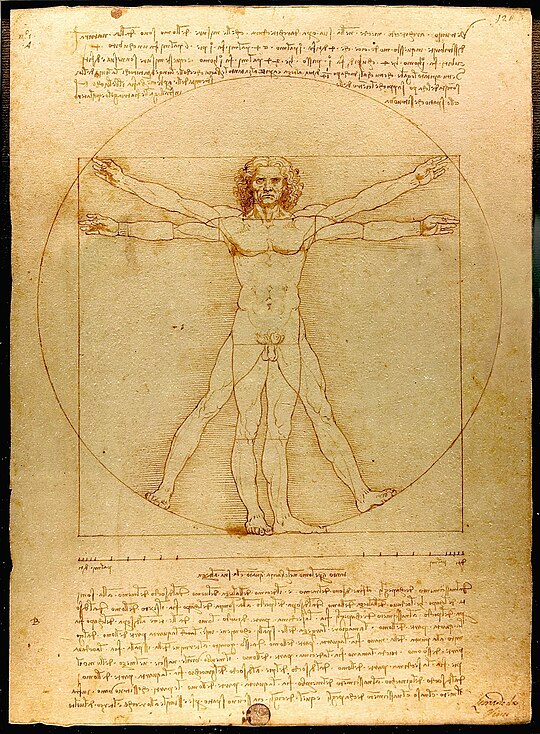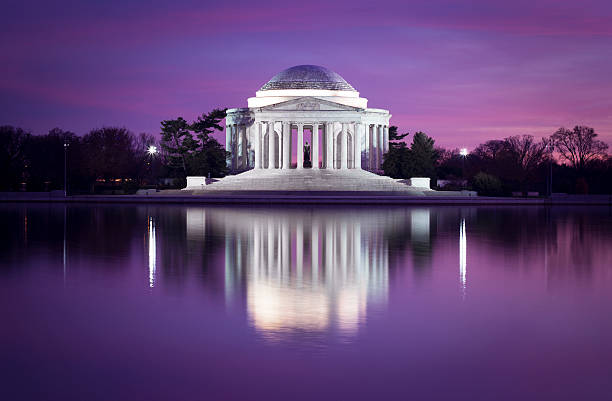
Building Beautiful Dreams with Impossible Deadlines and Unattainable Goals
Building Beautiful Dreams with Impossible Deadlines and Unattainable Goals https://amorphousstudio.net/wp-content/uploads/2024/10/Screenshot-2024-10-18-at-7.57.50 AM-1024x519.png 1024 519 Amorphous Studio Amorphous Studio https://amorphousstudio.net/wp-content/uploads/2024/10/Screenshot-2024-10-18-at-7.57.50 AM-1024x519.pngIs perfection achievable, or is it simply a myth? Does anyone even care?
For architects and designers, these questions inevitably arise at some point in their professional journey. In school, we are trained to chase artistic perfection, to bring to life uncharted human dreams, and to create experiences that engage the senses through ideas that seem surreal, almost otherworldly. This relentless pursuit of the unknown has allowed us, across centuries, to take for granted the architectural marvels that have defined human civilization: the Parthenon, the Pyramids, Gothic cathedrals, the Taj Mahal, intricately carved Hindu temples, and more modern icons like the Guggenheim Museum Bilbao, Walt Disney Concert Hall, Fallingwater, and the futuristic Apple stores.
But after school, the reality hits hard. Architects and designers face the real world—one where users may not appreciate the “pseudo-perfection” we were taught to seek. Do people truly care about the aesthetic ideals ingrained in us? Do they understand or value the intense creative and technical effort it takes to create something that was once considered impossible? More often than not, the harsh truth is that the quest for architectural purity and its infinite possibilities is overshadowed by the economics of the project.

The focus shifts from being visionaries to being mere executors. Budgets dictate beauty. The art of architecture is devalued, and the priority becomes packaging—a gift-wrapping of sorts—where the exterior is polished and flawless, but the inner reality is compromised. The emphasis is on having it all, but without the willingness to invest in the process.
So, why study architecture “the Parthenon way”? Why spend five or more grueling years learning to create wonders of design and engineering? Do end users even notice? Is the value of good architecture becoming extinct, endangered by a world that prioritizes cost over creativity? Should we fight to preserve quality architecture, or does it matter only to a select few? Is it only a privileged minority that will shape the built environment, just as we today admire the Parthenon—the embodiment of perfection and beauty?

In an age where information spreads instantly and both false and true narratives compete for attention, what seems to matter now are the likes, the comments, and the budget constraints. The ambitious goals of architecture are too often overshadowed by the practical concerns of the present.
But let’s unite to preserve the purity and beauty that architecture can bring, ensuring future generations feel proud of their heritage. We carry a moral responsibility to continue the legacy of distinguishing what is good from what is not. It is up to us to educate our communities, to guide them towards valuing true craftsmanship, and to pass this knowledge on to the next generation. Let’s champion the beauty of the Parthenon and other architectural marvels by speaking out, writing, taking action, and standing by the principles we’ve learned. By showing others that pure, meaningful beauty is possible, we can keep the torch of architectural excellence burning bright.

- Posted In:
- Uncategorized
